A Quick Look at the Moto X - Motorola's New Flagship
by Brian Klug on August 1, 2013 3:00 PM EST- Posted in
- Smartphones
- Qualcomm
- MSM8960
- Motorola
- Mobile
- Android 4.2
- Moto X
- S4 Pro
Touchless Control
Though the UI for the Moto X is indeed stock android basically everywhere ($12.5 Billion later, Google finally killed Motoblur), there are two specific software customizations on the Moto X which are chief differentiators. The first of which is touchless control, which is essentially a combination of always-listening voice command, and Google Now.
The way it works is simple – say “OK Google Now” with the phone in literally any state, and you’ll get dumped into a special Google Now prompt. It works with the phone in standby mode (screen off, powered on, but in deep sleep), or with screen on.
There’s a training initialization which asks you to say “OK Google Now” in a very quiet room three times (I had to lock myself in a bathroom for the meter to register quiet enough) to enable the feature. After that, saying OK Google Now works well and powers on the phone to this menu. Users cannot change the OK Google Now keyphrase to something custom.
For this system, Motorola uses a natural language processor (NLP) of custom design that I haven’t quite tracked down yet. This controller constantly listens on the 3 microphones onboard Moto X for the “OK Google Now” keyword, then wakes up the AP and enables the Google Now prompt. Motorola says it went with this solution to enable always-on voice without killing battery life from running the main AP all the time (which does make sense). It works surprisingly well, maybe even too well, as even after training saying “OK Google Now” can turn on every Moto X around you. Just something to be aware of.
Contextual Processor
The contextual processor powers two other features, active display, and the gesture-enabled quick capture camera.
Active display is Motorola’s solution to the constant device checking and glancing that users do to find out why a notification fired. It’s a view that sits above the lock screen and displays the last few notifications and enables you to dive into the appropriate app that triggered it. Information just appears on the display when it’s in an off state, breathing in and out when the device is face-up on a surface. Otherwise, flipping the Moto X from face down to face up will bring up the display – I can’t screenshot it, this seems to live outside Android entirely.
To get a preview, you can touch the notification, and then drag up. Dragging left or right clears notifications. Dragging up into a notification will dive into the appropriate application.
There are privacy settings to enable or disable how much information you can have displayed on the active display notification screen so this doesn’t bypass if you have a lock screen on purpose.
I leave my phone face-up on my desk instead of face down to prevent screen scratches, where and the Active Display notification screen pulses periodically with the time and when notifications come in. It works well, I just need to spend time with it.
The other contextual-powered feature is quick capture, which is the quick enter camera gesture. Hold the Moto X, flick your wrist like a screwdriver, and you’ll get popped into Motorola’s camera UI for the Moto X.
The UI is very simplified and makes some interesting choices. Tap to focus and expose is disabled by default – instead tapping anywhere captures a photo. Tap to focus can be re-enabled in the settings, which fly out from the left, but now tapping anywhere focuses on that region and captures immediately. I’m not sure if I like this change. The camera sensor is 16:9, and the preview is likewise 16:9, so there’s at least no cropping going on.
The UI includes HDR, flash control, tap to focus enable/disable, slow motion video (720p60), panorama, location tagging, shutter sound, and the flick gesture enable/disable. What’s missing is photosphere support, unfortunately. Dragging right gets you into the gallery, and there are buttons for changing to the front facing camera and taking video instead of photos. This is sort of a tweaked Android 4.2/4.3 camera UI, with stuff just moved around and photosphere removed.
I’ve done some digging around and believe that Motorola is using a TI MSP430 microcontroller for its contextual processor, as this seems to do at least sensor fusion for the different situational positions. I’m not sure if this also powers the active display functions but wouldn’t be surprised if it did.


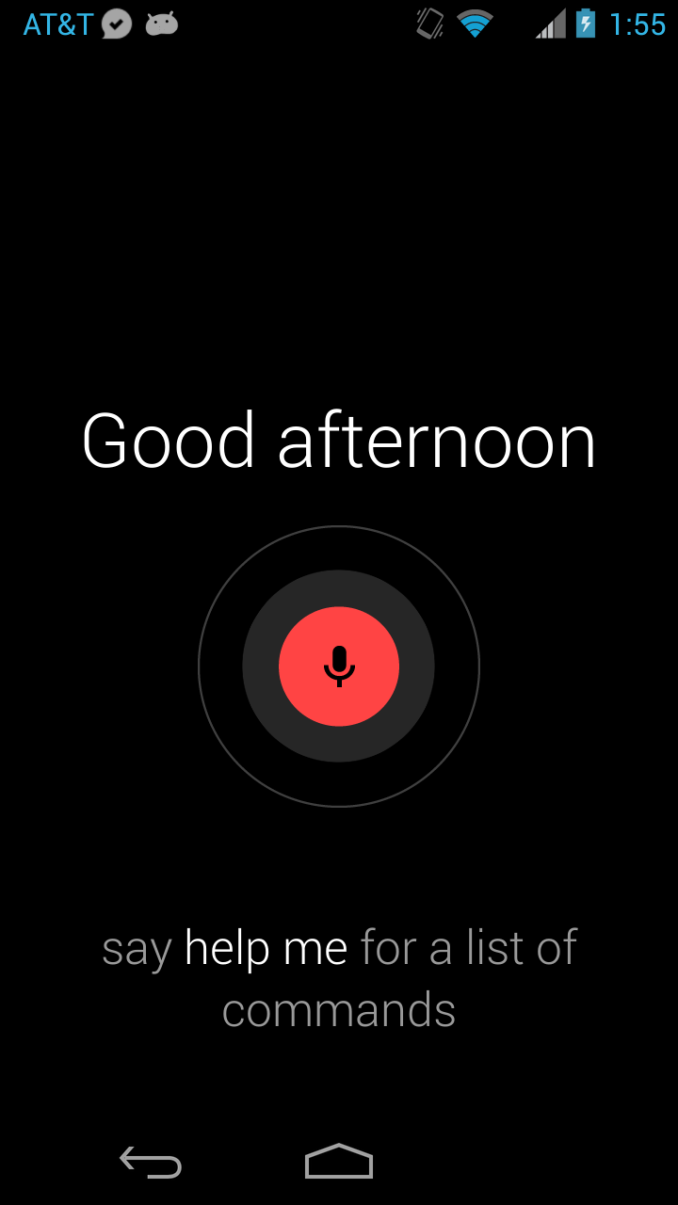
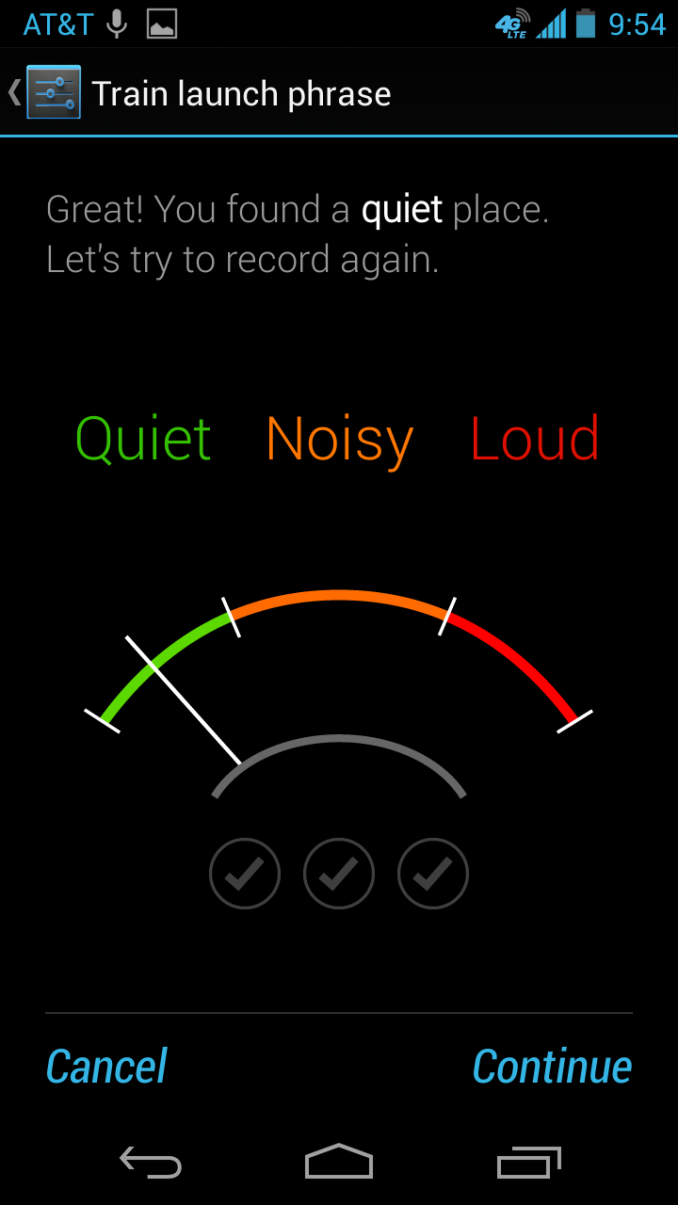
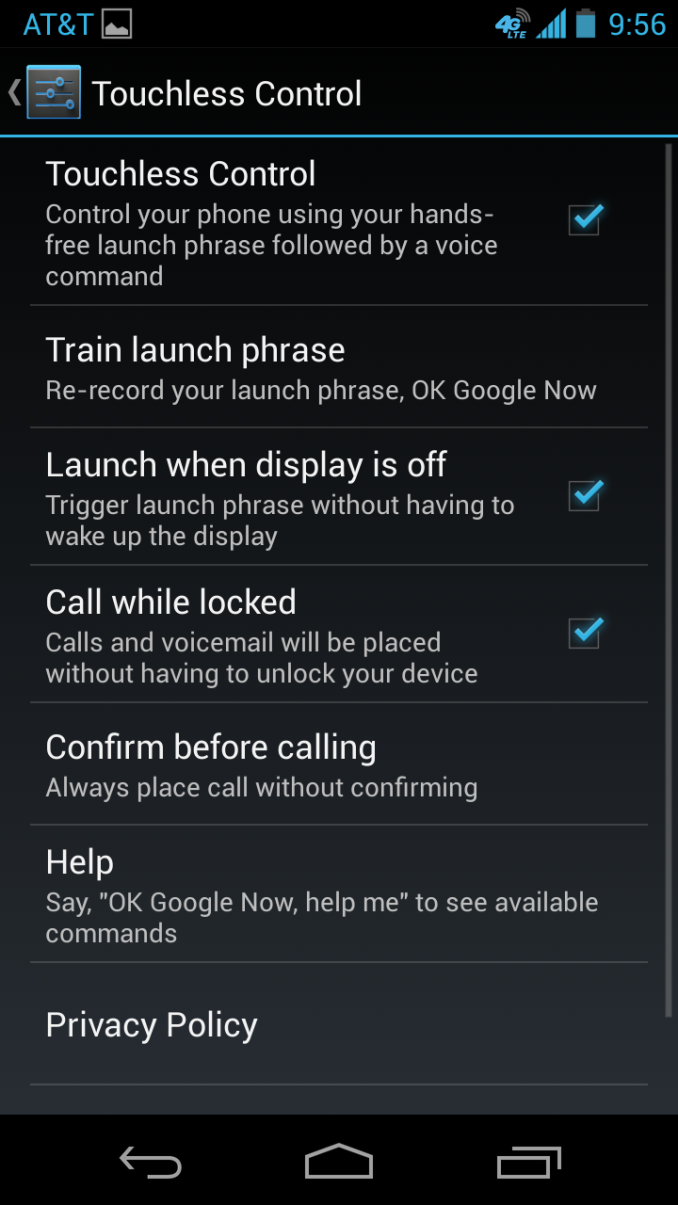
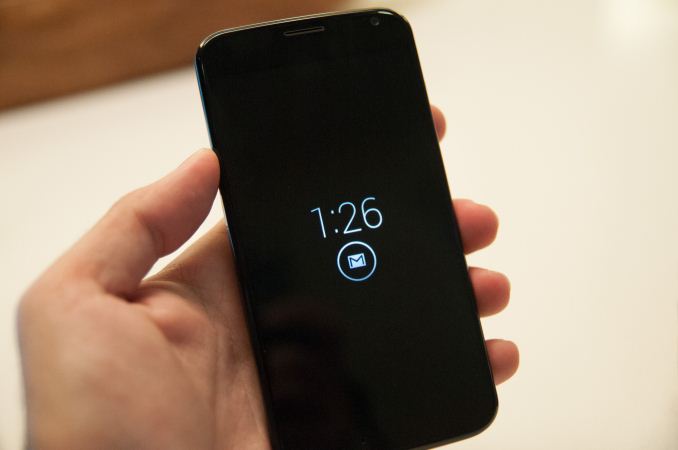
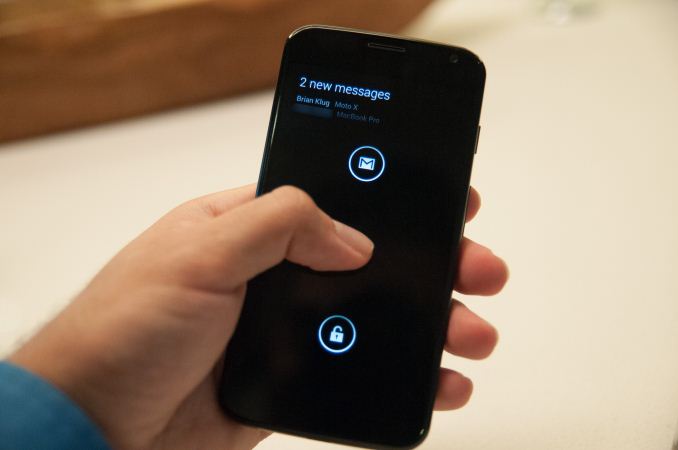
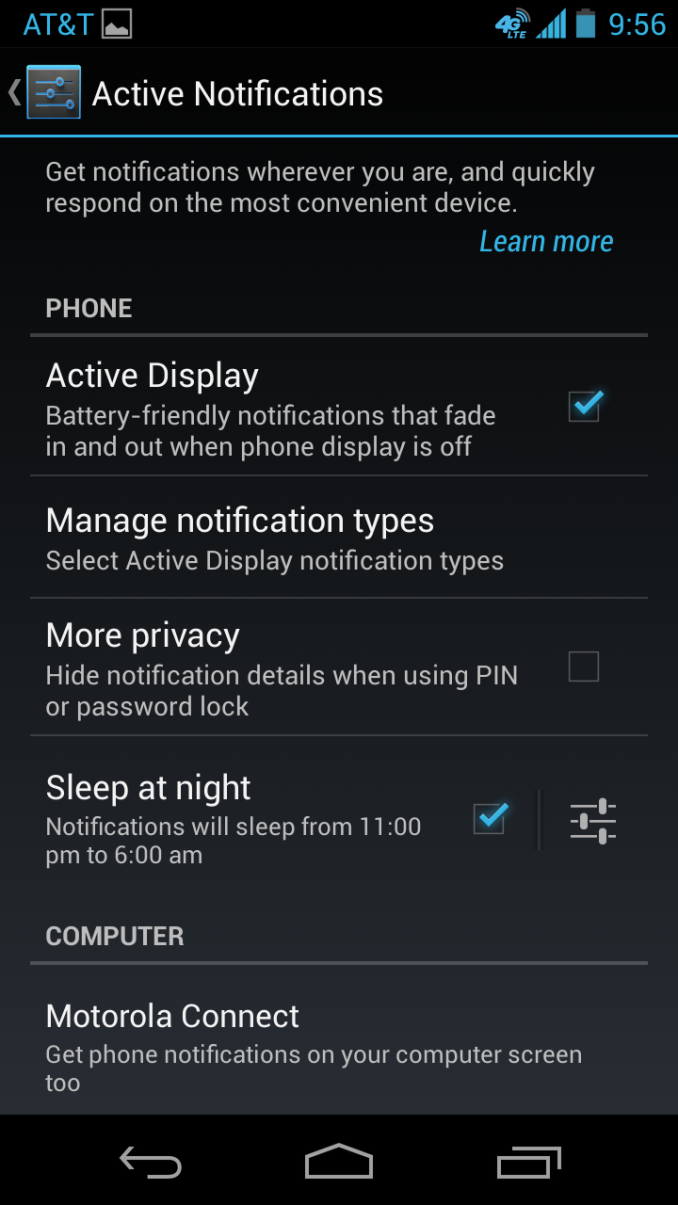
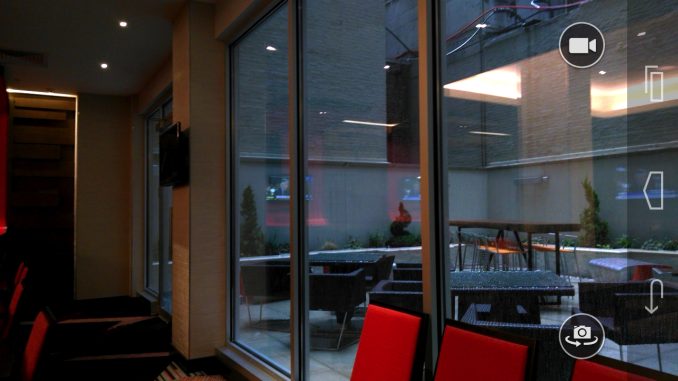
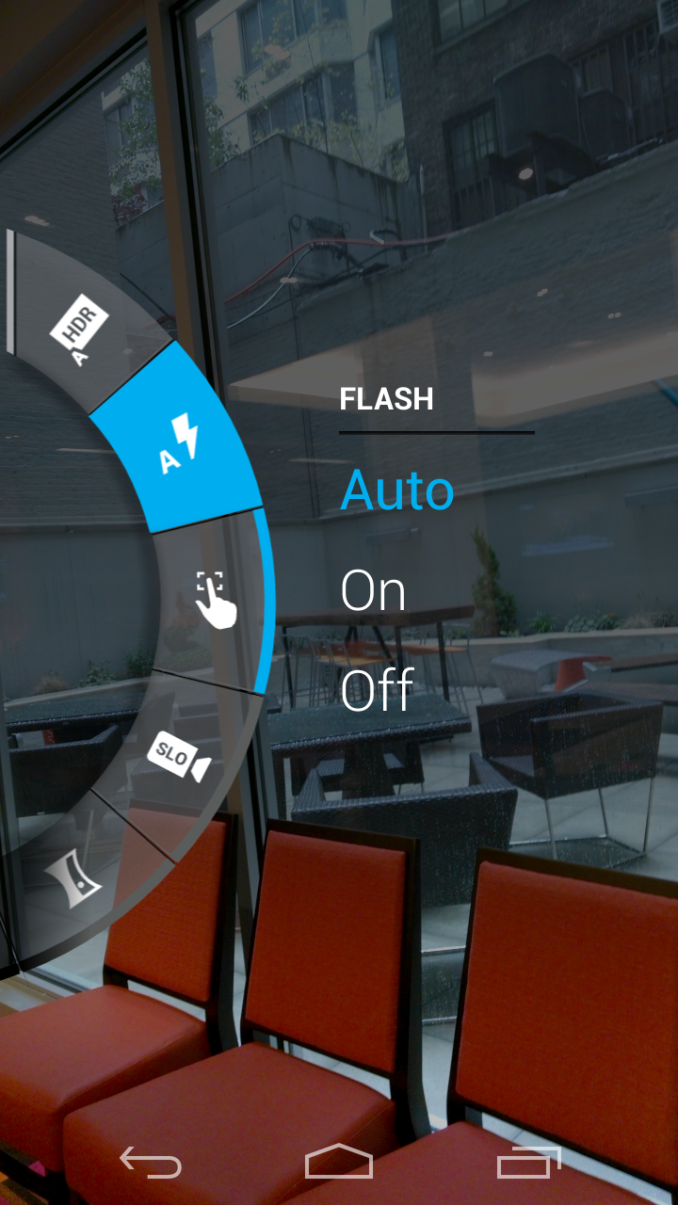








162 Comments
View All Comments
jt122333221 - Thursday, August 1, 2013 - link
For you, yes. There will likely be millions of customers who are interested in this device. It may not sell like the S4 or iPhone, but it will succeed if only because of how much marketing is planned.jiffylube1024 - Thursday, August 1, 2013 - link
720p AMOLED with RGB stripe could be a very nice screen (remember, Galaxy S3 was 720p using crappier PenTile tech). Still, I can't help but feel that this is "too little, too late."It looks like the phone has a little lip aorund it too, meaning if you rest the phone its front on a table the screen won't contact the table, which is nice.
However, I almost feel like they should have gone even smaller, like a 4.5" screen with a smaller in-hand size. At least that would address a market niche that's not really being adequately serviced right now (remember, a 4.5" display with on screen buttons gives you about a 4.3" useable display).
This is a bit reminiscent of the new Blackberry 10 phones - OK devices, but way too late to market to make a difference.
Bob Todd - Thursday, August 1, 2013 - link
Nice looking phone, but as you noted the price seems a bit unrealistic, especially if the off-contract price ends up being in the ~$500 range. $150 more than a Nexus 4 seems a bit optimistic considering the similar specs, even with AC Wi-Fi being a nice addition. And the software customizations just make me worry about updates. I'm also baffled at the lack of 4.3 here at launch. Not really sure why I'd want this over a N4, or the N5 which will likely come in a few months. I know those are niche devices for nerds, but I'm sure this thing will be down to $100 in a few weeks after trying to compete with the S4 and One.darwinosx - Thursday, August 1, 2013 - link
When will people realize that all Nexus devices are sold at or slightly below cost?Judging from Brian's comments so far it looks like we can expect another softball review like he did with the Chromecast. Is even Anandtech now reduced to grubbing for Google ad money?
eallan - Thursday, August 1, 2013 - link
People will probably realize it when there is evidence to back up that claim.matt30 - Thursday, August 1, 2013 - link
Yeah. Not true.http://blogs.barrons.com/techtraderdaily/2013/07/3...
Friendly0Fire - Thursday, August 1, 2013 - link
I've not seen conclusive evidence that this is the case, but even if it were... The consumer doesn't care. The economics behind the phone are entirely irrelevant, as well they should.If you have two similar products, one 150 dollars cheaper than the other, with no significant compromise on reliability or quality, it's in the consumer's best interest to pick the cheaper option. Simple as that.
Death666Angel - Friday, August 2, 2013 - link
So all those Chinese companies that sell 720p / 1080p smartphones with everything equal except for the SoC and camera modules but at 30 to 60% the cost are losing money as well? I've bought my wife an SGS3 knock off that has 720p display, 4GB NAND, 1GB RAM, middling dual core SoC, changeable battery and mSD card, 5MP camera with LED flash for 165€ when the SGS3 was still selling for over 400€ here in Germany in December last year. Yes, the SGS3 has a better SoC, camera module, more NAND. But the BOM increase does not justify the 250 to 300€ it costs more.Wolfpup - Thursday, August 1, 2013 - link
As Darwinosx mentions, Nexus is sold with different goals...also, Nexus 4 is supposed to be bad as a PHONE. Also, this is built in the U.S., which makes it my #1 Android phone in and of itself, even if I didn't think it was otherwise pretty neat.Krysto - Thursday, August 1, 2013 - link
Come on Brian. do you really think they could've sold this phone for $200 without massively subsidizing it? Remember the Nexus 4 was also subsidized at $300...it wasn't its "real" price. Europeans quickly learned that.TheVerge were the only idiots (for lack of a better word..such as "morons"), who said it will be $200 UNLOCKED. But that price never made sense, unless Google would subsidize it. But why would it? They're already losing money with Motorola, and they plan to invest half a billion in marketing. So why would they subsidize it?
I agree the $200 price is a bit steep on contract, though, but doesn't it have kind of iPhone specs? So I think they're trying to copy Apple here - make a phone that doesn't have the most cutting edge specs available in other phones, but it's easily sold to the masses because it's "pretty", and for a higher price.